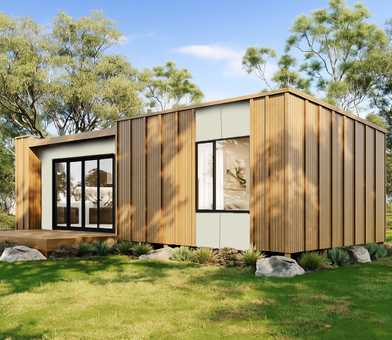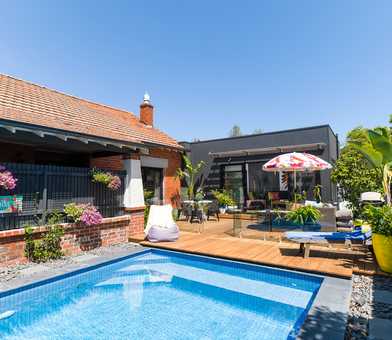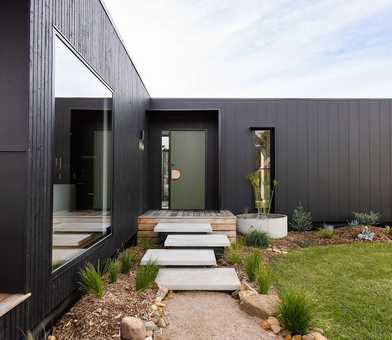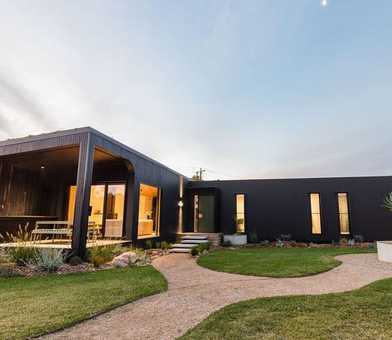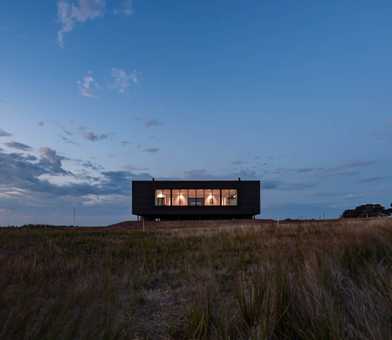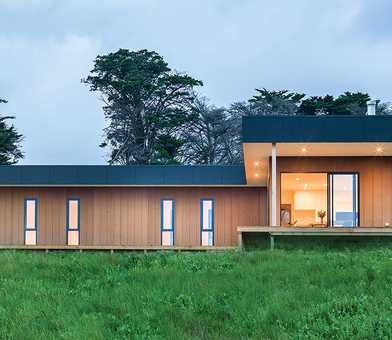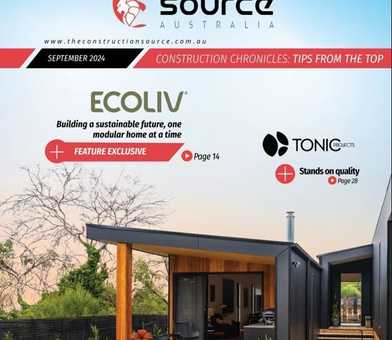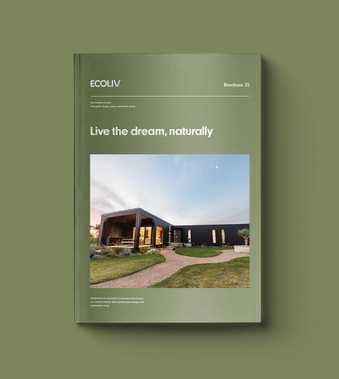Exploring the 'What' and the 'How' of slow living
What happens to us when we slow down? Understandably, that’s a rather terrifying thought for a lot of us. We might think that means we’ll be late to things, we won’t get tasks done, or that we’ll miss out somehow. And yet, with all our tech and tools to cram more in, you'll find the days seem to pass more quickly all the time. The busier we get, the less time we seem to have for ourselves, and the ’more and fast’ ideal begins to lose its glimmer. The slow philosophy isn’t about literally moving in slow motion, but about intentional living and taking a step out of the fast-paced modern racetrack, embracing minimalism, escaping the mindless scrolling and unproductive multi-tasking, so we can work out which things actually matter to us (including the global us), and make sure most of our time with loved ones is spent in the present moment. Not sure what simple living looks like in a practical sense? Let’s take a moment to have a closer look at the guide to slow living and how you can start a slower approach to everyday life.

Carl Honoré who coined the term slow movement in his 2004 book “In Praise of Slow” said,
"A fast approach tends to be a superficial one, but then you slow down you begin to engage more deeply with whatever it is you’re doing. You’re also forced to confront what’s happening inside you - which is one of the reasons why I think we find it so hard to slow down. Speed becomes a form of denial. It’s a way of running away from those more deeper, tangled problems. Instead of focusing on questions like who am I, and what is my role here, it all becomes a superficial to-do list."
This really is the essence of slowing down, isn’t it? What happens to things when they slow down? They stop skimming across the surface and they start sinking deeper into the ground, into the water, into themselves. When we’re watering our plants and we quickly run the hose back and forth over everything to try to water it all at once, the water quickly dries at surface level and none of the plants are adequately watered. When we take the time to stop, to stay on one plant for a while, the water seeps deeply into the roots, and the plant thrives. If we care about having that plant in our lives, then the slowing down is valuable to us. If the plant is a metaphor for ourselves, then we really start to see the value in slowness.
Key concepts of a slow lifestyle
Before we unpack this complex and actually philosophical concept it might be helpful to read a few key phrases and slow living benefits that often come up as themes when people are talking and writing about the concept of a simpler life:
- Slow living is an intentional life choice, a philosophy, and a state of being.
- It involves living in a low-impact mindset, which looks after the self and the environment by living in an organic, natural way. Thinking long term. This means structuring your life around slow living at home, work, school and when you're just out and about. Here are some home sustainability trends and sustainable building materials you may like to tap into.
- It is slowing down the pace of modern life by being more intentional, deriving more meaning from time spent.
- Quality over quantity is a theme, immersion in the important things, removal of unnecessary things, focusing on the quality, doing things properly rather than quickly, and enjoying them more.
- Faster isn't always better. Live a slower, fulfilling life rather than a busy life, changing the default ideals, and embracing a minimalist lifestyle.
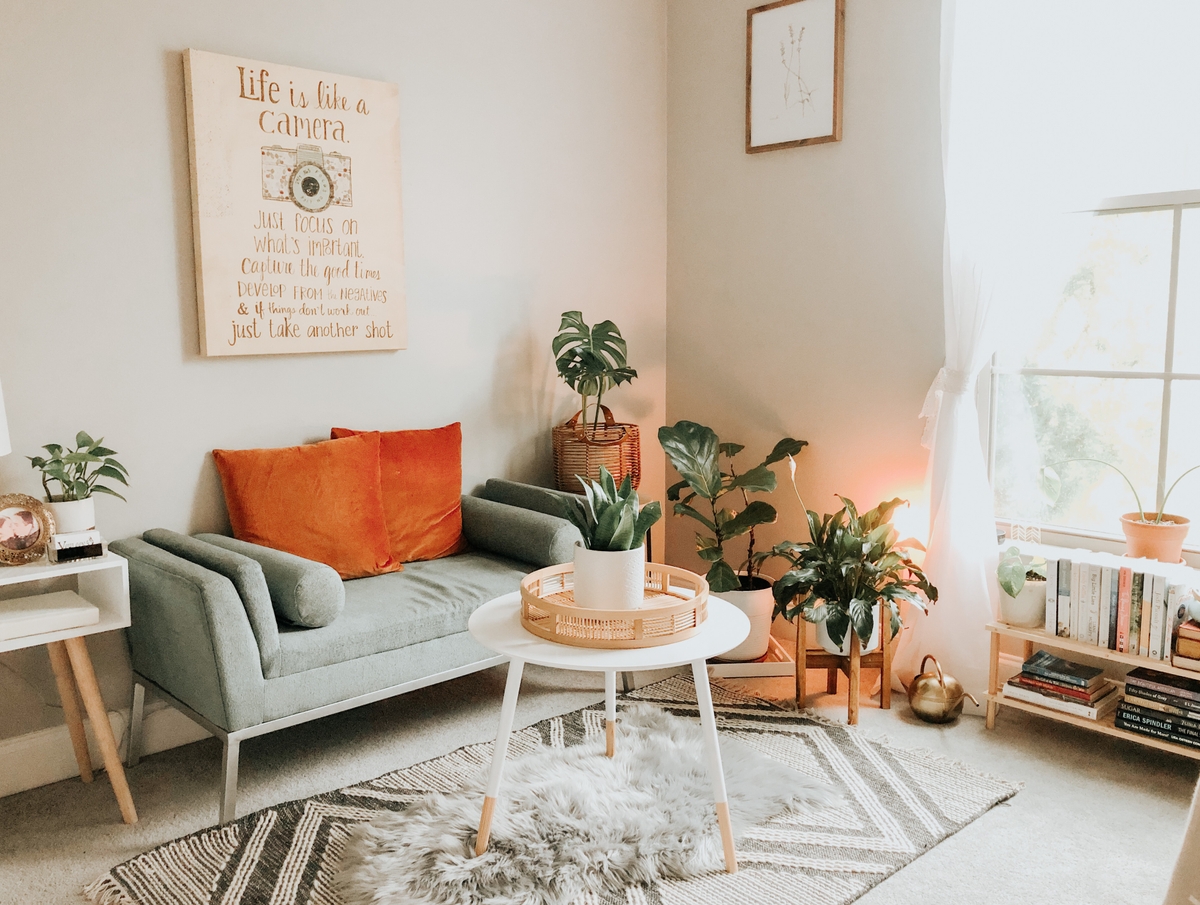
Is slow living for me?
If you’re current lifestyle is jam-packed with activities and commitments but you have the sense that you don’t have time for yourself, your family, or whatever areas of life that matters to you, the slow living movement probably has a lot to offer to you.
Generally, people seek this approach to life when they feel stressed, rushed, overwhelmed and that the days are passing quickly towards a future ideal. So why isn’t everyone doing it? Let’s take a look at some of the misconceptions.
Myths about slow living
Slow living means doing everything really slowly
This is a myth mainly because slow living doesn't mean slow moving, but it may well be part of it for some people. It's really about pacing verses rushing. Some things are naturally done well at a fast pace. Can you gain time for things that are more important to you rather than rushing so you can do more things in the same amount of time? This way of living is about recognizing when is the time to do things quickly, when to do them slowly, and then doing that. If you have less things that you take your time enjoying more, well you might just find that things do go ahead and slow on down.
Slow living means getting rid of material things
Slower-paced life has a focus on material items rather than the lifestyle. You don’t necessarily need to get rid of anything to live slowly. The slower lifestyle isn’t about how few things you have, but about living mindfully by making time to enjoy the things you love with the items that you already own.
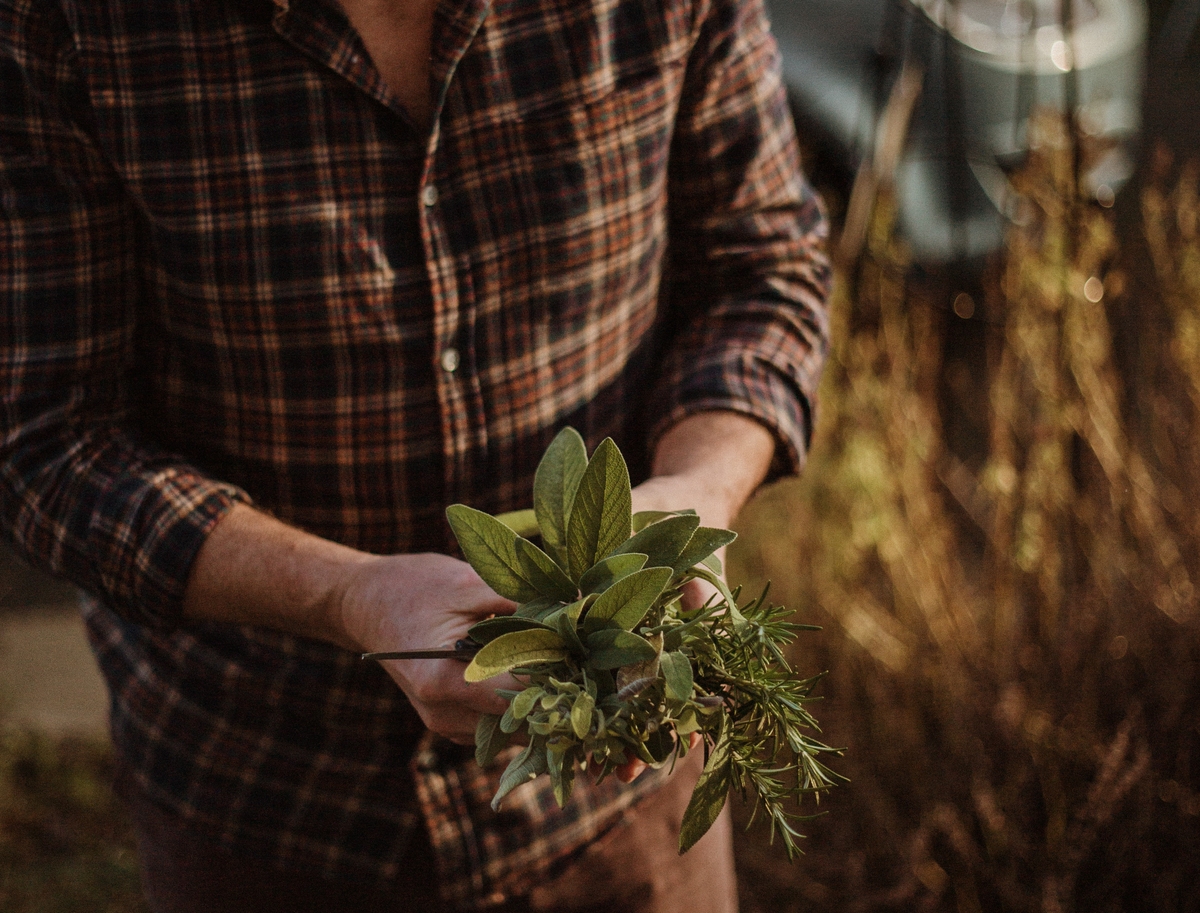
You have to abstain from technology
While technology can definitely contribute to a fast-paced life, it can also enable us to slow things down. The point is, tech is a tool and can be used intentionally to achieve our goals, or mindlessly to control our lives. If technology can aid you in enjoying your life and having more meaningful connections, then it’s part of slow living.
You have to quit your job and move out of the city
You don’t need to quit your job, move to a remote village and live off the grid to join the slow movement. In fact, living slower and focusing on important tasks can increase productivity, help you make fewer mistakes, and overall enjoy your job more. Slower life addresses the desire to lead and live a more balanced life. If you have access to nature, that certainly will help you slow down and spend your time savouring more moments, but you can find ways to do this in an urban setting if that’s what your slow life needs. We’ll touch more on this in the last section. Go deeper with this How Slow Living Can Save Money & Improve Your Life article.
How to embrace the concept of slow living now
Define a purpose
In order to start making time for the important things, we’ve got to know what those things are. Be able to identify what is actually important to you so you are structuring your life around meaning and include slow which allows you to engage more deeply with those essentials. Saying no to things that aren’t essential is as big a part as saying yes to things that are. A good place to start is by living simply at home, where you can start making small changes by decluttering your home from getting rid of unnecessary items first.
Create a practice
Find a daily practice that helps you stay present in the moment, no matter how small the activity, keeping in mind that there is also no right amount of time. Having a garden is a great way to embrace the slow food movement and slow living lifestyle in your house. It gives you a way to be mindful in nature and to spend time alone, while contributing to your ability to live more naturally and purposeful. Walking somewhere in nature is another great option to live in the present moment and it’s an option where a lot of insight and creative ideas occur. You can also choose a few media outlets that you trust, get rid of the rest, and limit the amount of external information you consume daily.
Let free time stay free
Our modern culture tends to value being busy over just being. If you’ve found a way to make some free time in your day, don’t rush to fill it with meetings and tasks. The art of slow living is to embrace that time to be. In the slow living mindset, free time is productivity!
Connect with the slow living community
Join forums online, read what other people have to say and connect with the greater community for support and to remind yourself that others are going slow too. Check out more slower living lifestyle ideas.
Eco living – Slow your house
If slow, eco, and sustainable living has been your lifestyle for some time, or you’re simply ready to bring it to totality in your life, creating a physical slow living home that supports slow values can really bring the whole practice to fruition. Ecoliv Buildings exist to create sustainable homes or commercial buildings that support its inhabitants in connecting to themselves and each other, in living with low-impact and minimal footprint, and in engaging with the environment around them. The prefab modular building process is quick and stress-free as well so that you can prioritize your list of essentials. If you’re at this step in your slow living home journey, get in touch and we’ll help make your eco housing dreams a reality.
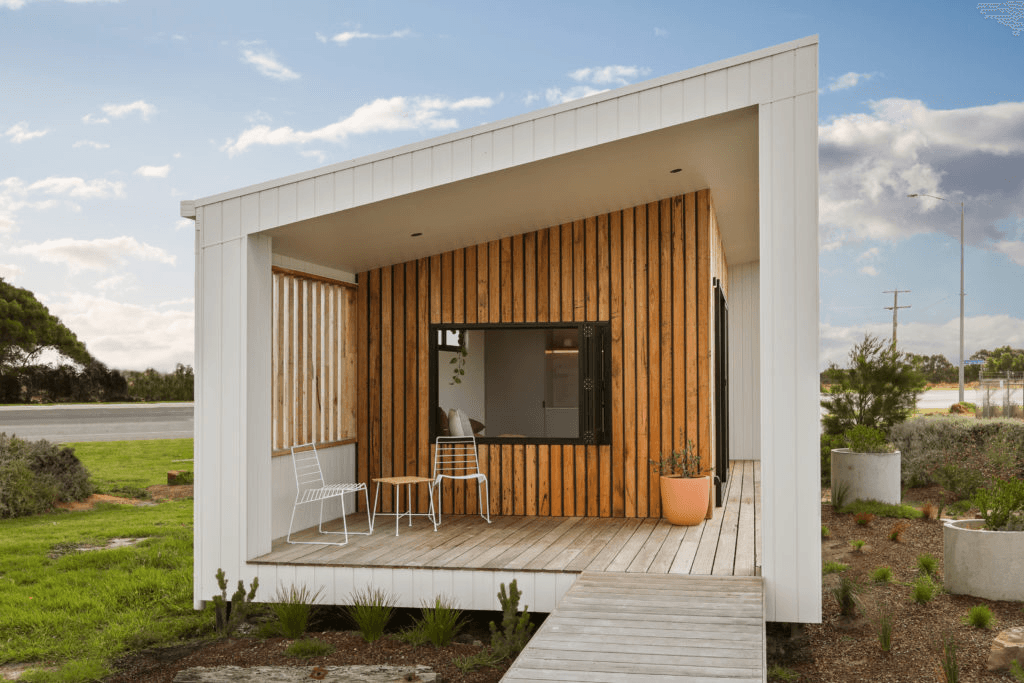
Photo Credit: Ecoliv Studio Display

